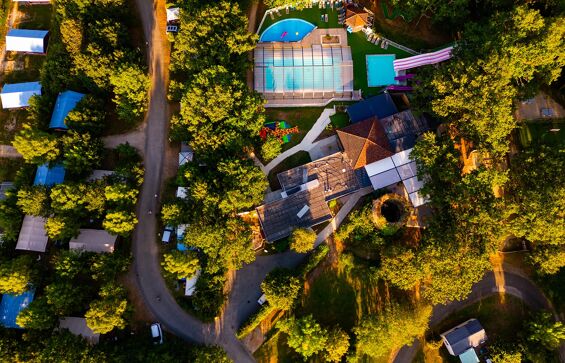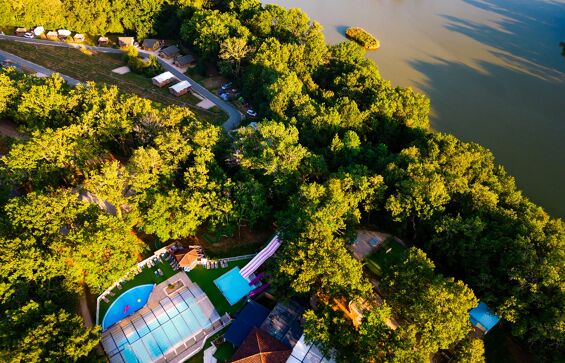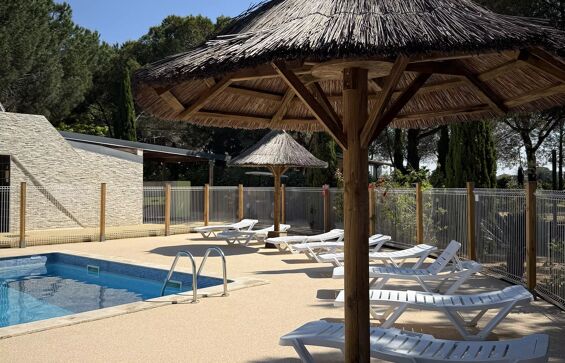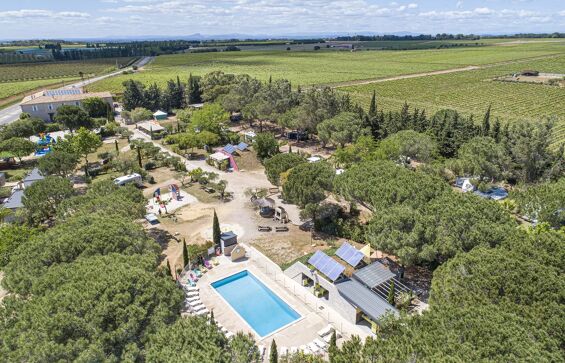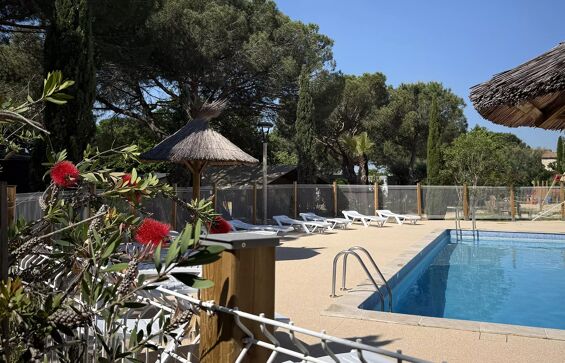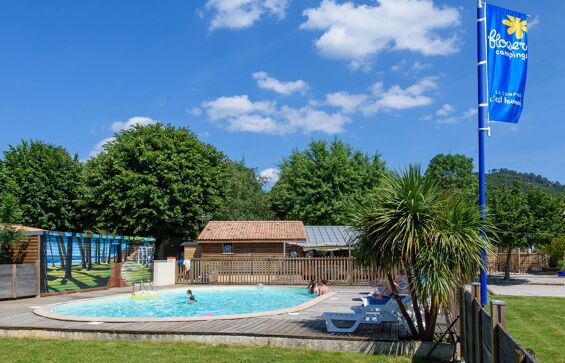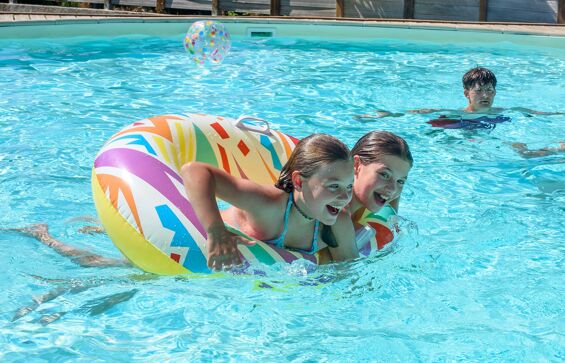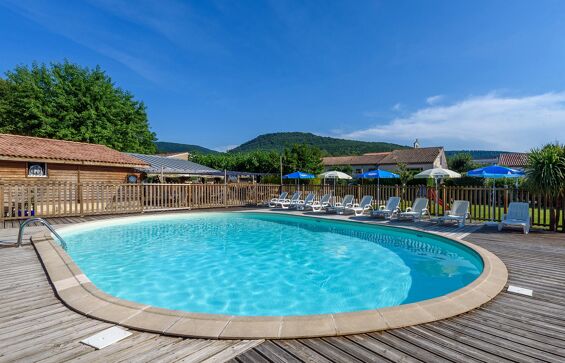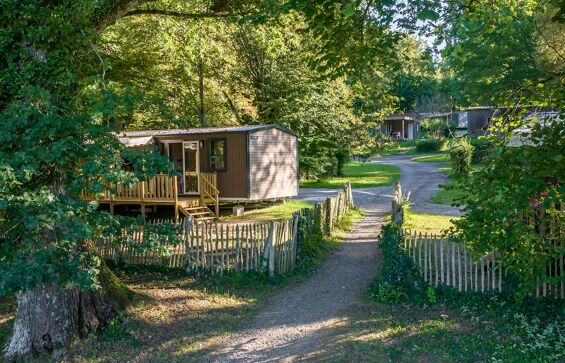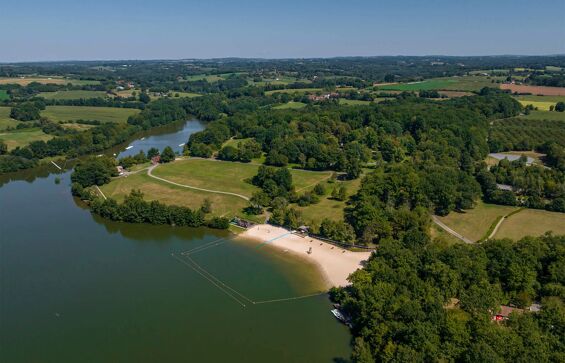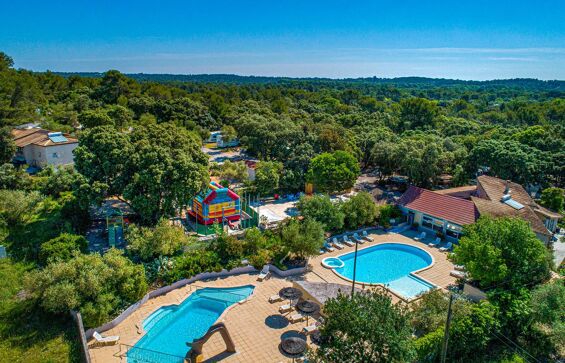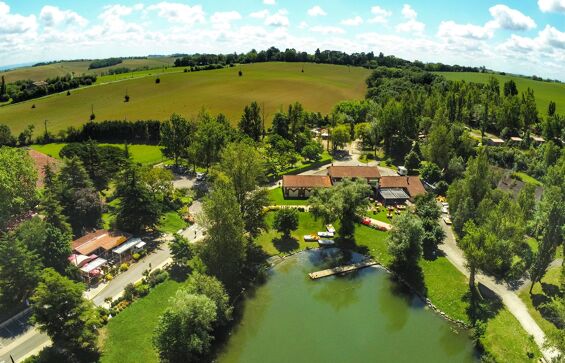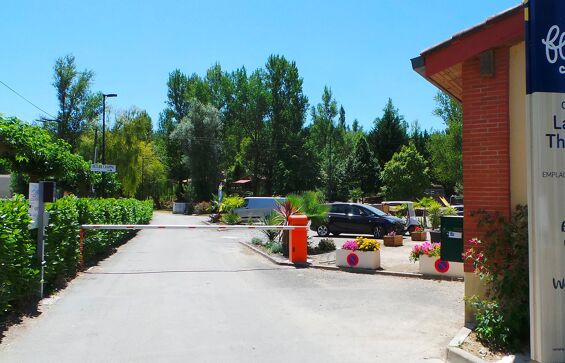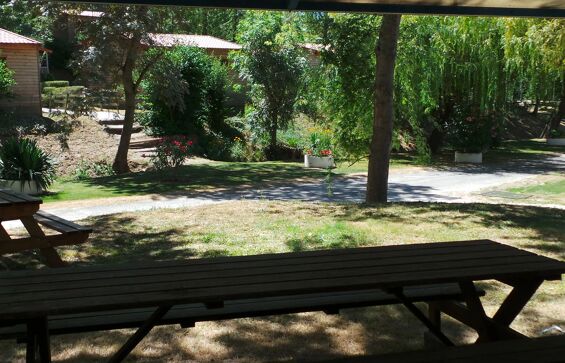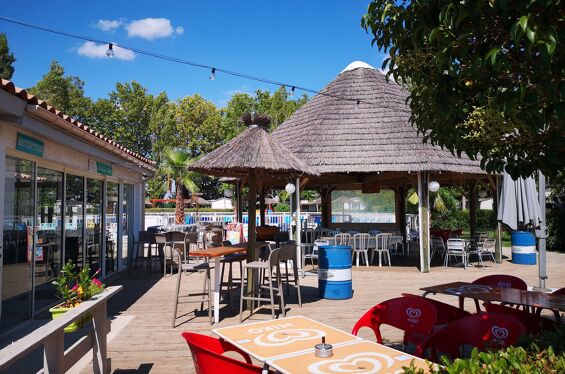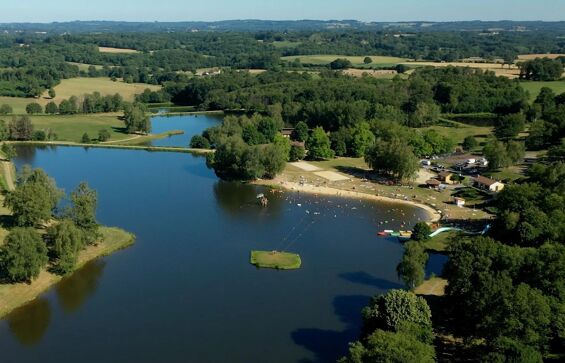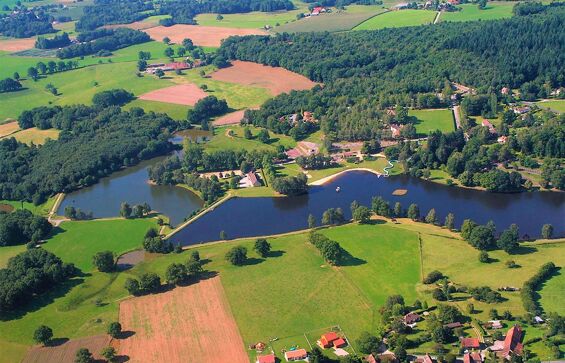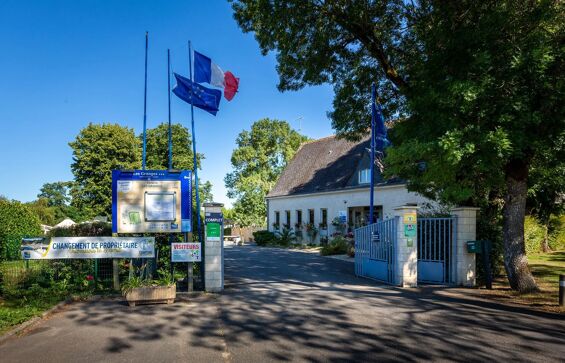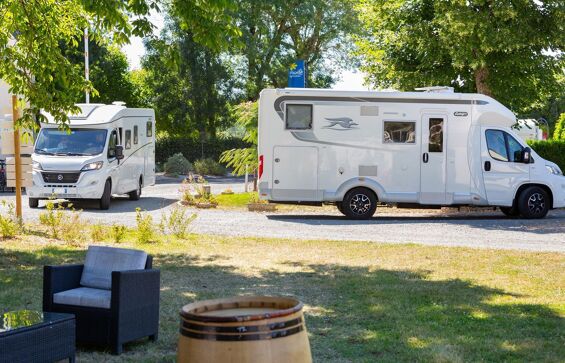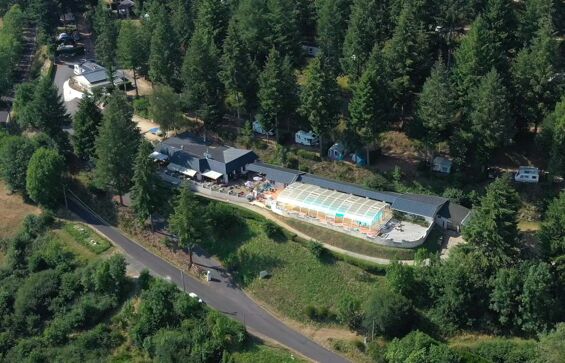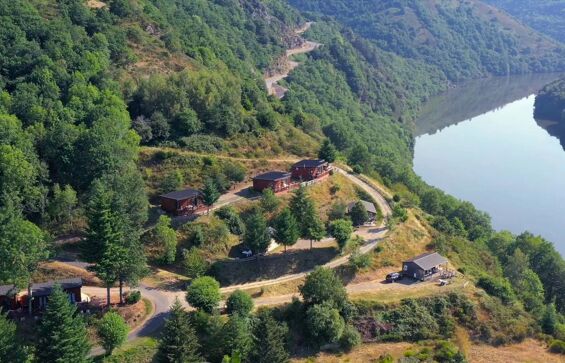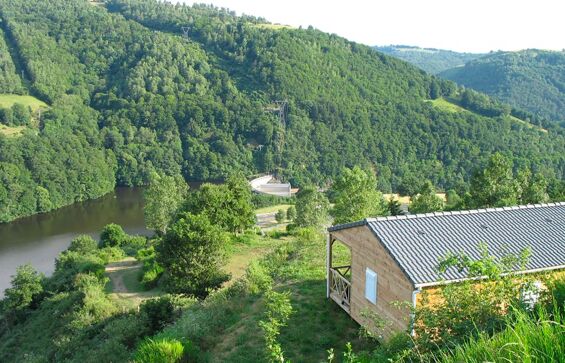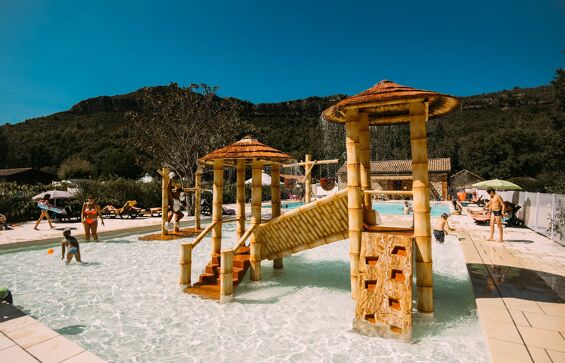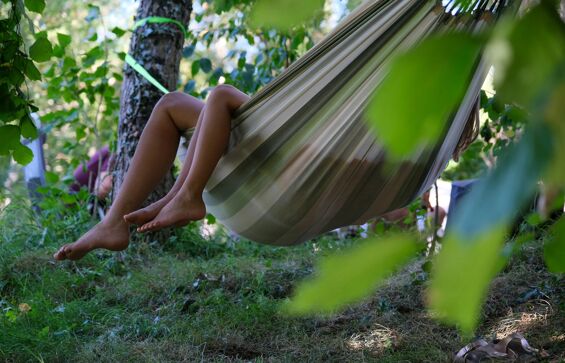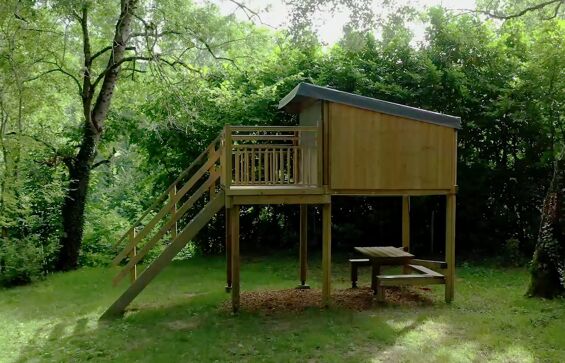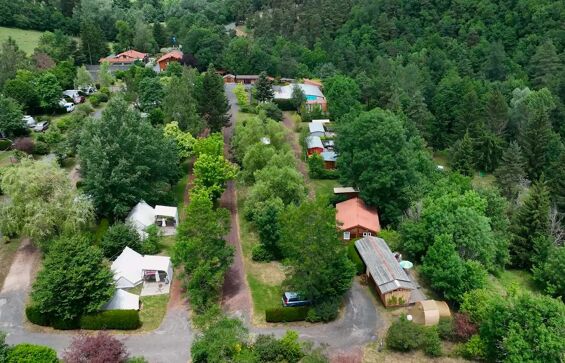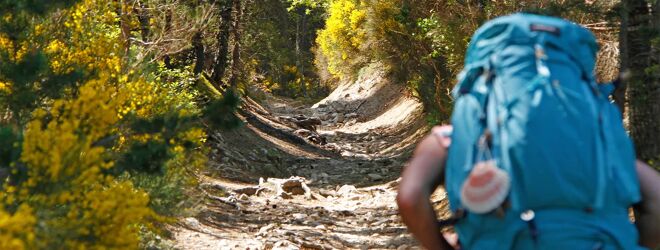
Camping on the Camino de Santiago
The Camino de Santiago is regarded today as one of the greatest Christian pilgrimage routes in the world. The many different routes, all of which lead to Santiago de Compostela in Spain, are all listed as World Heritage Sites by UNESCO. The French pilgrimage routes to Santiago de Compostela crisscross the country, leading to Spain and the famous tomb of the apostle in Santiago.
So, with Flower Campings, you can easily find a pitch or holiday rental near the pilgrimage routes to Santiago de Compostela.
Camping Lac aux Oiseaux Occitania - Martiel
This lakeside campsite in the Aveyron makes a great place to recharge your batteries in a quiet and peaceful setting.
From 29/08/2026 to 05/09/2026
Pitch
2 people From
Rental
4 people From
Camping Le Mas de Mourgues Occitania - Vauvert
Enjoy our pool, barbeque evenings and the sound of the cicada here in the heart of the Camargue, close to Arles and the beach at Le Grau-du Roi.
From 04/04/2026 to 11/04/2026
Pitch
2 people From
Rental
4 people From
Camping Saint-Martin Occitania - Sorèze
A pleasant campsite ideally located in the heart of a tourist town near Albi, Toulouse, and Carcassonne.
From 06/06/2026 to 13/06/2026
Pitch
1 people From
Rental
4 people From
Camping de Rouffiac New Aquitaine - Angoisse
Located in Périgord Vert, the site offers a range of outdoor activities at the nearby Lac de Rouffiac and its outdoor centre.
From 04/04/2026 to 11/04/2026
Pitch
2 people From
Rental
2 people From
Camping Fondespierre Occitania - Castries
Set in the heart of the garrigue countryside close to Montpellier, the site offers the ideal family holiday setting in the heart of Languedoc.
From 29/08/2026 to 05/09/2026
Pitch
2 people From
Rental
2 people From
Camping du Lac de La Thésauque Occitania - Montgeard
Set amid lovely countryside on the banks of a lake in the Lauragais close to Ariège, the site is ideally situated for water sports and exploring.
From 14/03/2026 to 21/03/2026
Pitch
2 people From
Rental
2 people From
Camping Le Fou du Roi Occitania - Lansargues
A great base for exploring the sights of the Hérault, the campsite is located yet just a 20-min drive from the beach.
From 11/04/2026 to 18/04/2026
Pitch
2 people From
Rental
2 people From
Camping L'Air du Lac New Aquitaine - Saint-Hilaire-les-Places
With access to a lake with a swimming area and plenty of activities for young and old alike, this campsite is ideal for a great family holiday.
From 25/04/2026 to 02/05/2026
Pitch
2 people From
Rental
2 people From
Camping Les Granges Centre Val de Loire - Luynes
Our green and peaceful campsite makes the ideal base for a tour of the Châteaux de la Loire.
From 30/05/2026 to 06/06/2026
Pitch
2 people From
Rental
4 people From
Camping Le Belvédère Auvergne, Rhône Alpes - Neuveglise-sur-Truyere - Cantal (15)
Set on a wooded hillside between the Cantal mountains and the majestic Truyère gorges, the views will take your break away.
From 20/06/2026 to 27/06/2026
Pitch
2 people From
Rental
2 people From
Camping Les Gorges de l'Aveyron Occitania - Saint-Antonin-Noble-Val
Beautiful stone buildings, lush vegetation and a warm welcome provide the perfect introduction to the stunning Aveyron gorges.
From 09/05/2026 to 16/05/2026
Pitch
2 people From
Rental
2 people From
Camping La Rochelambert Auvergne, Rhône Alpes - Saint-Paulien
A campsite with a difference set on the banks of a river amid the wild and beautiful landscape of southern Auvergne.
From 25/04/2026 to 02/05/2026
Pitch
2 people From
Rental
2 people From
The different routes to Santiago de Compostela
You're sure to find a Flower Campings campsite very close to the Camino de Santiago, ready to welcome you for your camping holiday on the pilgrimage route. From France, there are four main departure points.
The Via Turonensis starts in Paris and splits into two branches shortly afterwards, letting pilgrims choose to go via Chartres or Orléans before ending up in Tours. Here the two paths join together again, leading to a single route to the Pyrenees.
From Vézelay, the Via Lemovicensis is the longest of all the routes to Santiago de Compostela. From Burgundy to the Midi-Pyrénées via the Auvergne, this option allows you to meet up with pilgrims from the other stages at Saint-Jean-Pied-de-Port in the Basque Country.
From Le Puy-en-Velay, take the Via Podiensis. The route starts in the volcanic soil of the Velay and in the Gévaudan country. It then continues on the high plateaus of the Aubrac and continues through the Lot valley, into the Causses de Quercy, then towards the southwest and the Pyrenees.
From the foot of the Larzac plateau, the Via Tolosale climbs through the Haut-Languedoc Regional Natural Park and runs along the Canal du Midi to Toulouse. It then crosses the agricultural region of Gers before going up the Aspe Valley in the Pyrenees to the Col du Somport.
If you need information for your next stay, this is the place to look! Take a look at our frequently asked questions - the answer is bound to be there.
Go to the FAQ


